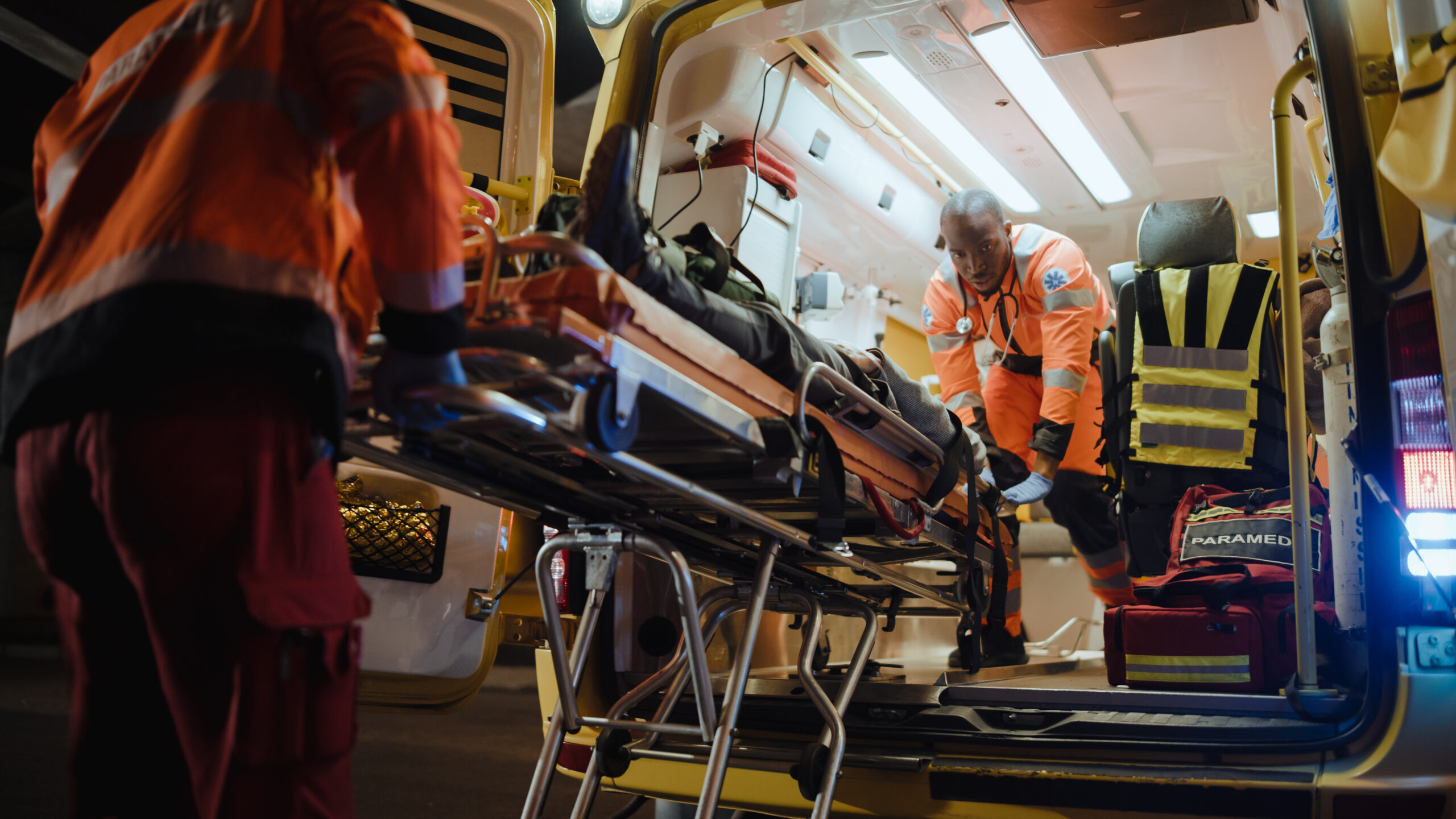Although there is a standardized approach for responding to Code Blues, the reality is that not all resuscitation events are the same. From the individual patient, to the precipitating cause, to the response itself, clinicians know that no two events are likely to unfold in the exact same way.
One area that is especially nuanced and complex: cardiac arrest in trauma cases, also known as trauma resuscitation or traumatic cardiac arrest. Whereas standard resuscitation cases often have an underlying cardiac cause, the cause of arrest in trauma victims can include hypoxia, hemorrhage, severe injury, and more. Since the cause of the arrest is often different, these events typically require a slightly different response as a result.
So how can clinicians prepare for events — like trauma resuscitation — that are inherently nuanced and often unpredictable? One way is to understand exactly how trauma resuscitation is similar to standard resuscitation cases — and how it’s different — so they can adjust their response accordingly.
Keep reading to learn the top similarities and differences in trauma resuscitation response.
Similarities to standard resuscitation
Certain fundamental aspects of resuscitation response will remain the same regardless of whether the patient is a trauma victim or not.
Performing an “ABC” assessment
As in all cardiac arrest responses, a trauma patient should undergo a primary assessment for airway, breathing, and circulation.
- Airway: Assess for obstruction or need for advanced airway.
- Breathing: Assess for chest rise bilaterally or presence of apneic arrest.
- Circulation: Assess for presence of carotid pulse. Lack of a pulse indicates immediate need for cardiopulmonary resuscitation (CPR).
Prioritizing early treatment
Just as in standard resuscitation cases, CPR and defibrillation are key components of early treatment in trauma victims to maintain circulation and provide adequate oxygenation.
How trauma resuscitation is different
In other ways, responders may need to customize their response to meet the unique needs of trauma patients.
Stabilizing the airway
For a trauma patient, initial airway assessment must include rapid stabilization of the airway to ensure that the victim can be oxygenated. This is different than in standard resuscitation, where a bag valve mask is usually considered appropriate.1 Immediate stabilization is important because it allows for ventilation to support the victim — despite any swelling that might occur or further post-injury trauma.
Managing hemorrhage
For trauma victims, circulation assessment also needs to include an evaluation of hemorrhage. Immediate attempts to stop any bleeding are crucial to support internal circulation.
Determining site of care
In trauma resuscitation, Emergency Medical Services (EMS) responders often have to make quick, on-the-spot decisions about whether to provide interventions in the field or prioritize transport to the hospital instead. For example, after performing the initial assessment, responders must decide whether to perform a secondary survey in the field to assess the source of trauma versus attempting the survey in the ambulance.2
Fluid resuscitation is controversial in trauma patients for similar reasons. Many trauma patients require aggressive fluid resuscitation, but those needs must be balanced with the risk of delaying the patient’s transport to the hospital for overall care.2
Accounting for additional complexity
In standard resuscitation cases, the underlying cause is typically cardiac in nature, whereas the differential diagnosis list can vary in trauma resuscitation. Arrest can be brought on by anything from severe blood loss to injury to vital structures and more. This adds another layer of complexity and challenge for responders in both evaluating and treating the patient.
For example, the patient will undergo “ABCDE” assessment when they arrive at the trauma center. The assessment will evaluate their airway, breathing, circulation, disability (neurologic assessment) and exposure (removal of clothing to fully assess bodily injuries) — all of which can be affected by blunt trauma, cardiac contusions, hemorrhaging, internal lacerations, and other complications often seen in trauma patients.3 If the patient is still in active cardiac arrest, it can be exceedingly difficult to execute a high-quality resuscitation response while also performing ABCDE assessment, maintaining normothermia, and ensuring all aspects of trauma care are met.
The same is true for treatment. For example, defibrillations may not be enough for a trauma patient with ventricular fibrillation caused by cardiac contusion. In that scenario, the patient may require immediate cardiothoracic surgery.
The main takeaway: What works in standard resuscitation cases may not always work for trauma victims. Responders need to consider the different causes of arrest in trauma cases (and any resulting complexities), tune in to the specific needs and circumstances of the patient, and be prepared to adjust accordingly.
The bottom line
Trauma resuscitation is fast-paced, intricate, complex, and often unpredictable. It requires highly trained and skilled teams to care for the patient, starting from the EMS responders in the field to the staff at the trauma center. And while responders can’t always predict exactly how a trauma case will unfold, understanding what’s unique about trauma resuscitation — and how their response may need to be customized to provide optimal care — can go a long way toward improving care and outcomes.
RELATED ARTICLES
Nuvara can help
No matter how complex the resuscitation event, CoDirector® resuscitation software from Nuvara® can help. With an intuitive, easy-to-use electronic documentation screen and software prompts based on ACLS guidelines, CoDirector helps responders accurately capture data from the event and adhere to best practices.
References
-
Part 10.7: Cardiac arrest associated with trauma. (2005). Circulation, 112(24_supplement). https://doi.org/10.1161/circulationaha.105.166569
-
Greaves, I., & Porter, S. K. (2021). Oxford handbook of pre-hospital care. Oxford University Press.
-
Kauder, D. H. (2022). Trauma assessment. Urology, 33(2), 165. https://doi.org/10.1016/0090-4295(89)90021-6




